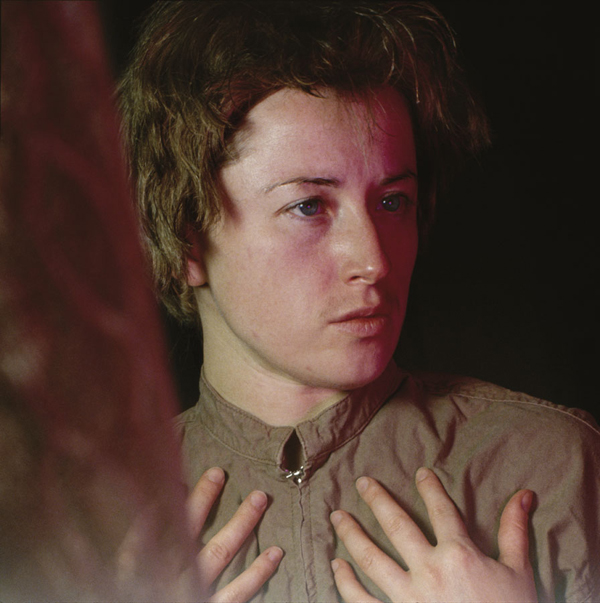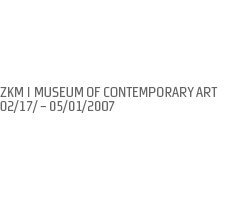
 Imagination Becomes Reality Conclusion Imagination Becomes Reality Conclusion

 Works in the Exhibition | Works in the Exhibition |  Text Text


Cindy Sherman, Untitled #109, 1982
Photo: courtesy Goetz Collection
Works in the Exhibition

Untitled #109, 1982, c-print
Untitled #211, 1989, c-print

Text

U.S. artist Cindy Sherman, likewise a member of the older generation, also pursues strategies derived from painting when composing her photographs. She is represented in the Karlsruhe exhibition by Untitled #109, 1982 and Untitled #211, 1989, both from her series 'History Portraits'.(1) Unlike Wall, Sherman plays a game of deception with the viewer. At first, we seem to be looking at a painting. Then we realize that the image is a photograph. Finally, it becomes clear that this is not a photograph of a painted portrait, but a staged record of a person in historical surroundings and with false body parts, a wig, and clothes created by a process of free association. Technically, Sherman’s works are traditional photographs. Image manipulation programs did not exist when she began the 'History Portraits'. The first computer program of this kind, Photoshop, appeared on the market in 1990, but it is unlikely that Sherman would have made use of it.
(1) Cindy Sherman created the photographs now known as the 'History Portraits' in three stages. Citoyennes, Citoyens, consisting of eleven pictures, and a group of thirteen portraits based on Renaissance paintings date from 1989. They were joined the following year by a third group, comprising eleven portraits after Renaissance and seventeenth-century paintings.
Text excerpt »Images are generated by a gaze searching for new and personal insights.
They are images of those gazing at the world« (Author: Stephan Urbaschek), Exhibition Catalogue Imagination Becomes Reality Conclusion

|





